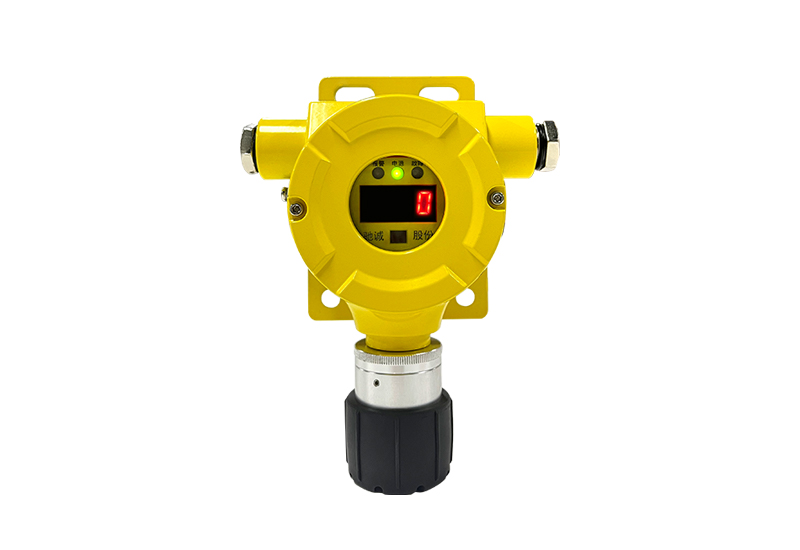What is the role of toxic and hazardous gas detector?
In daily life, the following places may encounter toxic and harmful gases:
Industrial places such as chemical plants, steel mills, pulp mills, etc. Underground spaces such as mines and tunnels. Closed and poorly ventilated places such as bathrooms, kitchens and boiler rooms. Automobile exhaust emission areas. Hospitals, laboratories and other places where toxic and harmful chemicals are used.
In the above places, toxic and harmful gases such as hydrogen sulfide, carbon monoxide, carbon dioxide, ammonia, chlorine, methane, ethane, ethylene, benzene, etc. may be present. Some of these gases may cause serious harm to the human body, such as may lead to poisoning, asphyxiation, burns, explosion and other problems. Therefore, in these places, you need to pay attention to ventilation, wear protective equipment, or use a toxic and hazardous gas detector to detect and prevent potential dangers.

Toxic and hazardous gas detector is a kind of instrument used to detect toxic and hazardous gases, can detect a very wide range of gases, the common ones include nerve paralyzing gas, respiratory paralyzing gas, muscle paralyzing gas, etc. These gases can be detected under normal temperature and pressure.
These gases at room temperature and pressure may be gaseous or extremely volatile toxic chemicals, such as hydrogen sulfide, ethylborane, germanium, hydrogen bromide, bromine gas, hydrogen arsenide, hydrogen fluoride, fluorine gas, phosgene, carbonyl chloride, ammonia, benzene, nitrogen dioxide, propylene cyanide, hydrogen cyanide, chlorine, vinyl chloride, carbon monoxide and so on.
In addition, the toxic and hazardous gas detection alarm can also detect the concentration value or leakage of carbon monoxide, vinyl chloride, hydrogen sulfide, chlorine, hydrogen cyanide, propylene cyanide, nitrogen dioxide, benzene, ammonia, carbonyl chloride, phosgene, fluorine, hydrogen fluoride, hydrogen arsenide, bromine, hydrogen bromide, germanium alkane, ethylboron, and other toxic and hazardous gases in the environment.
The use of toxic and hazardous gas detectors need to pay attention to the following issues:
The scope of application and conditions of use of the detector. Different models of detectors are suitable for different gas types and concentration ranges, and you need to choose the right detector according to your specific needs. At the same time, you need to understand the use conditions of the detector, such as temperature, humidity, pressure, atmosphere, etc., to ensure the accuracy and reliability of the detection results.
Installation and commissioning. The detector needs to be installed in a suitable location to facilitate the gas into the sampling port of the detector. At the same time, the detector needs to be debugged, including zero calibration, gas calibration, etc., to ensure that the detection results are accurate.
Use and maintenance. In the process of use, it is necessary to frequently check whether the battery, sensor, sampling port and other components of the detector are working properly, and carry out regular maintenance and repair to keep the detector in good condition.
Storage and processing data. The detector can record and store test data, which need to be properly handled and stored for subsequent use and analysis.
Safety precautions. When using the detector need to pay attention to safety, avoid using in combustible gas or other dangerous gas environment, so as to avoid explosion and other dangers. At the same time, the detector needs to be calibrated and maintained regularly to ensure its accuracy and reliability.

